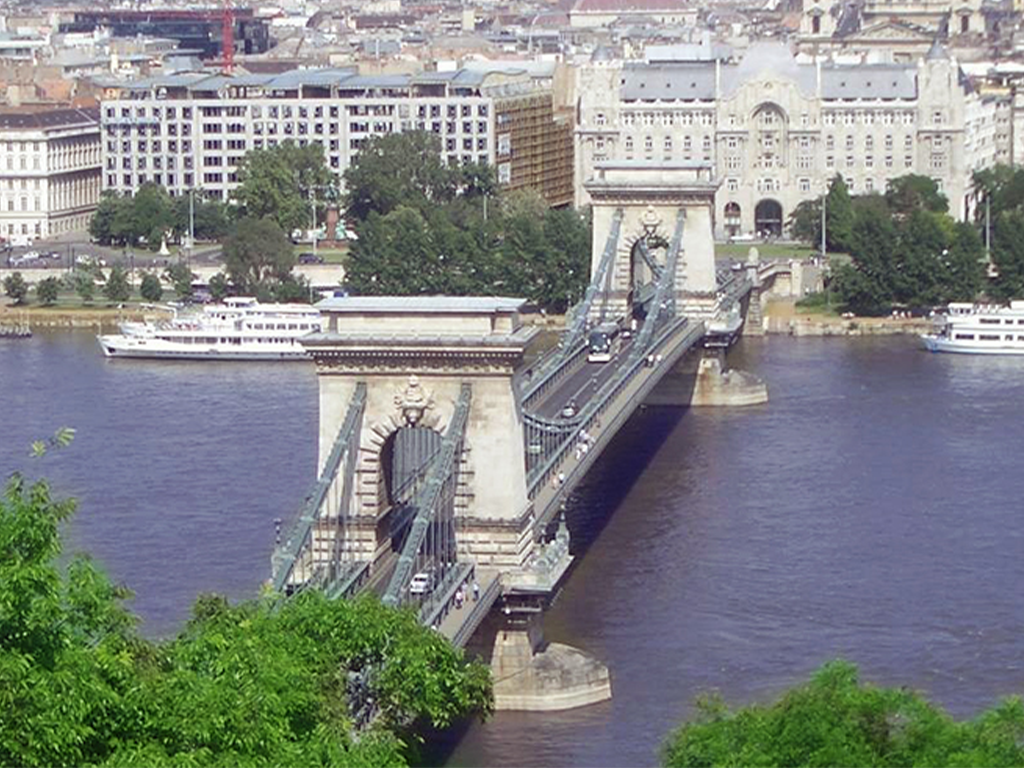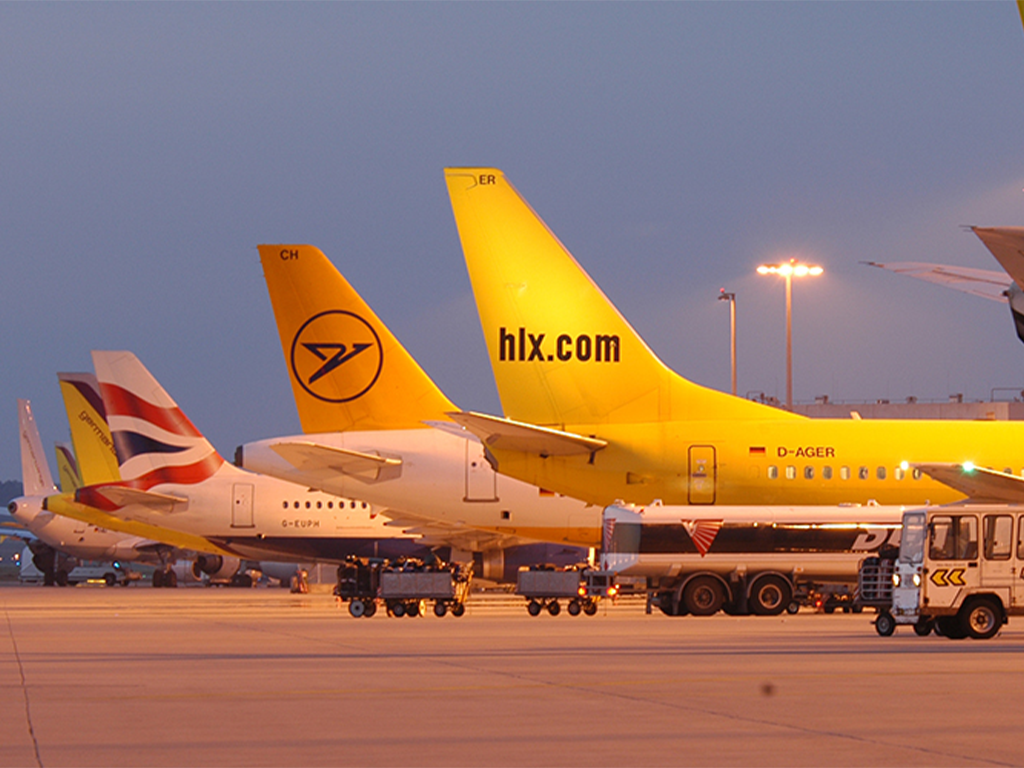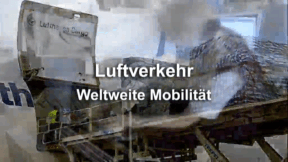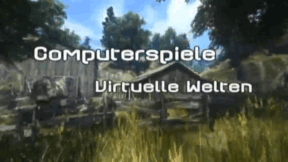 Geography
Geography

4662218 / 5552795
The Danube
A River Across Half of Europe
With a length of over 2,800 kilometres, the Danube is the second-largest river in Europe. The river, which is to become so mighty, starts out as a narrow brook with the confluence of both its headwater streams Breg and Brigach in Donaueschingen. Before reaching its river delta into the Black Sea, the Danube crosses ten riparian states. On its long way, past important towns and cities, across mountains, wild ravines and broad valleys, lined with forests, fields and vineyards, the Danube connects a plethora of different cultural, economic and living environments.
The film follows the course of the Danube and thus invites you to an exciting trip from west to east. The film also covers the devastating interference with the ecology, with river regulation measures, power stations, dams and reservoirs. Another emphasis is laid on the economic significance of the Danube with regard to energy generation and its role as an important traffic artery. At large, with its comprehensive accompanying material, this DVD offers first-hand knowledge of one of the major European rivers – the Danube.

Curriculum-centred and oriented towards educational standards
Matching
Mobile Learning II
Oh, what’s that? Original soundtrack Thissen: “As our children grow up in a media world and naturally handle the media, they should also be a topic in school.“ An older child says the point is that they don’t just load down apps but create things themselves that haven’t existed so far. Hi, I’m Jana. A propeller hat. I’ll put it on. Now I’m no longer a simple rhino, but a flying rhino. Original soundtrack Thissen: “It’s exactly the great flexibility of tablets that promotes very personalised and adapted learning.” Original soundtrack Welzel: “It’s fascinating to see how the children grow with their products and how they always want to improve them.” The Westminster Abbey is a church in London for the royal family. Original soundtrack Welzel: “And?“ They think it is ok.
Air Traffic
Being able to fly has been a dream of humanity from time immemorial. But it does not even date back a century that people actually started being able to travel through the air. Since the 1960s, the number of flight passengers has been constantly increasing. Thus, the airspace is no longer dominated by birds but by man-made flying objects.
Computer Games
This film covers the topic of computer games in a variety of ways and from many different angles. Apart from the fascina- tion of computer games for users, the historical development as well as the production of computer games are described. The established genres are introduced, the guidelines of the German BPjM are explained. In light of recent public discussions, a neutral overview of the pros and cons of playing computer games is given, and different kinds of player behaviour are outlined. In this film, the pupils will recognise many aspects of their favourite pastime that encourage an independent, constructive use of this medium and reinforce their media competency. The film and teaching material are very closely related to the real-life situation.









